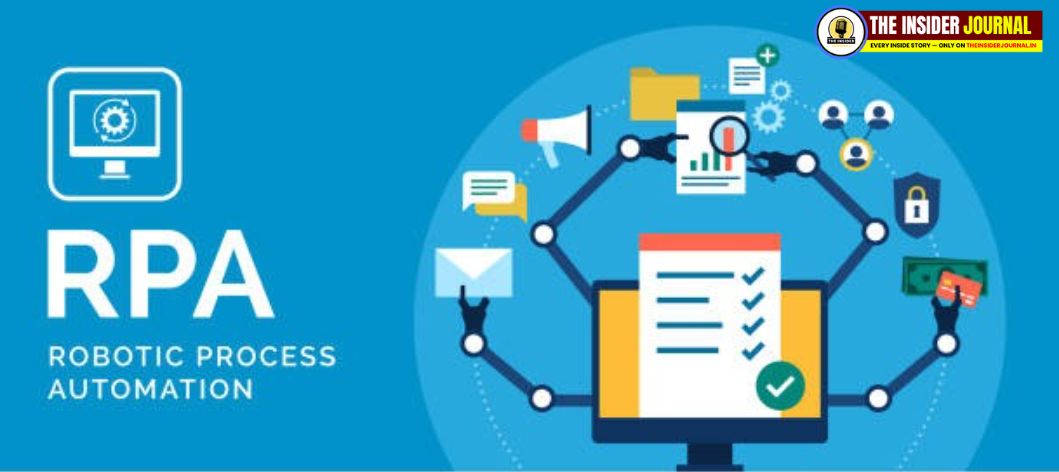Boring, repetitive work is out. Bots are in. That’s the big shift we’re seeing in 2025 — thanks to something called Robotic Process Automation, or just RPA.
From hospitals to banks, offices to factories — everyone’s using RPA tools to save time, cut mistakes, and get more done with less effort.
But what exactly is RPA? Why are even small companies using it? And is it killing jobs? Let’s break it down.
What is Robotic Process Automation?

Done with Automations and Intelligence
Think of a robot that lives inside your computer. It doesn’t have arms or legs. But it can click buttons, fill forms, move files, send emails — exactly like a human. Only faster. And it never gets tired.
That’s RPA.
It’s software. It does tasks that follow fixed rules. No creativity. No decision-making. Just plain execution.
Say you get 100 emails a day with invoices. An RPA bot can scan them, pull the data, and update your records — all automatically. No human needed. It is helping businesses cut costs and save time by automating everyday tasks. It is like UiPath and SAP
And it works 24×7.
Why is RPA So Hot Right Now?
Here’s the truth. Most businesses waste hours every day on tasks that don’t need a brain — just fingers.
That’s where RPA fits in.
- No breaks: Bots don’t sleep or take lunch
- Fewer mistakes: No typing errors
- Faster work: What takes 3 hours gets done in 10 minutes
- Lower costs: Less manpower needed
- More focus: Your team can work on smarter things
In short, companies get more work done with fewer people and less stress.
Where Is RPA Used?
Let’s talk real examples:
- Banks use bots to verify loan applications
- Hospitals use them for billing and appointments
- Retail brands use bots for updating stock
- IT firms automate ticket responses
- Insurance firms use them to scan claims
Basically, if a task is boring and rule-based, RPA can do it better.
Big Players Leading the Game

Not all RPA tools are the same. Some are beginner-friendly. Others are made for big businesses.
Here are the major names right now:
- UiPath: One of the most used platforms. Easy to learn. Big in India.
- SAP RPA: Works smoothly with enterprise software
- Automation Anywhere: Cloud-based, fast, scalable
- Blue Prism: Great for large-scale secure operations
- Microsoft Power Automate: Useful if you already use Office apps
Most of these tools now offer no-code features. So even non-tech people can set up bots.
What’s New in 2025?
RPA is not just about following rules anymore.
Now, many tools combine RPA with AI. This combo is called Intelligent Automation. These smart bots can read emails, understand what’s written, and act accordingly.
So, if a customer writes, “I want to cancel my order,” the bot reads it, figures out the intent, and processes it — no human needed.
That’s not the future. It’s already happening.
But What About Jobs?
Yes, this is the big worry. Are bots taking our jobs?
Here’s the reality: Bots are killing tasks, not people. They remove boring jobs — not skilled ones.
In fact, there are now more job roles like:
- RPA Developers
- Automation Analysts
- Process Designers
- Bot Managers
So while some old roles fade, new ones are rising fast.
Final Word
Robotic Process Automation is not just a tech buzzword. It’s the new way of working.
In 2025, from startups to giants, everyone is investing in bots. Platforms like UiPath, SAP, and Automation Anywhere are leading the shift.
If your business still depends on manual copy-paste tasks — you’re already behind.
For more expert takes on how RPA is transforming industries, keep checking TheInsiderJournal — where 8+ years of real journalism meets the future of tech.












